Coach's Ergo Bag in Coachtopia Leather Review

The fashion industry has long been criticized for its environmental and ethical impact. However, there are recent initiatives within the industry to create sustainable and ethical practices that minimize these negative impacts. Innovations and advancements in farming practices and materials have paved the way for sustainable solutions. One such initiative is Coachtopia, a project developed by the affordable luxury brand Coach that aims to revolutionize leather crafting while minimizing waste and incorporating recycled materials.
But what exactly is Coachtopia leather? Is it real leather and is it better than regular Coach products? I think we all understand that when it comes to purchasing leather goods, it's important to know what you're getting. Unfortunately, there are many materials out there that are marketed as leather when they're really not. Coachtopia leather is a controversial material that has raised concerns about its value in relation to its price.
As a curious customer myself, I decided to take a chance and purchase the Ergo Shoulder bag made with Coachtopia Leather so I could dive deep and understand what this was all about. In this blog post, I'll share my honest and unbiased review of Coachtopia leather and provide some insights into this innovative approach to fashion. We'll delve into some of the latest developments in sustainable leather alternatives, from regenerative leather to upcrafted leather.
DISCLAIMER: This is an UNSPONSORED review. I purchased all of these products myself and am not affiliated with the brand mentioned in any way. All statements and expressions made about the products are solely the opinion of Tanner Leatherstein and are not meant to be conclusive or definitive. The purpose of this video is for informational and educational purposes only. We recommend that as a consumer, you exercise your due diligence and research on the products before adopting the opinion of Tanner Leatherstein.
I was excited to finally see the Ergo Shoulder bag in person and was impressed by its sleek and modern design. However, upon closer inspection, I couldn't help but feel a bit disappointed by the texture of the leather. It felt plasticky and artificial compared to the rich and supple feel of traditional leather that I was used to from my previous Coach purchases.
To get a better understanding of the materials used in Coachtopia leather, I examined the descriptions provided on the website. There were three main types of leather mentioned: regenerative leather, upcycled leather, and this Coachtopia leather.
Regenerative leather, as described, is made using a lab-grown process that mimics the look and feel of real leather while reducing waste and environmental impact. It is not your typical leather fabric. Instead, it's made using hides from farms that employ new regenerative farming practices that help improve the environment and animal welfare practices in the agriculture industry.
The leather looks and feels like traditional leather but is produced using a regenerative process. While this innovative leather option is not yet a common sight among fashion retailers, some tanneries in Europe have already started using this sustainable solution. Coach, one of the biggest leather product manufacturers in the world, is yet to introduce any products using regenerative leather, but we can hope for change. While this sounded promising, I couldn't help but feel skeptical about how authentic it would actually look and feel.
Upcrafted leather, on the other hand, is made by repurposing leather scraps and off-cuts, which is a more sustainable approach to leather crafting. It is a step forward in the sustainable leather industry. The concept involves using real leather scraps to produce larger surfaces, which are then used for making products. This tedious process helps reduce waste and gives value to materials that would otherwise end up in landfills. Back in the day, leather scraps would be sold to families in Istanbul who would creatively turn them into jackets and vests. Thankfully, the trend has caught on, and upcycling leather is now an art form used by designers around the world.
It's important to note that Coachtopia leather is not actually leather at all. Rather, it's a type of bonded leather, which is a synthetic material made by bonding together scraps of leather and other materials. This process creates a material that looks and feels like leather, but is not as durable or long-lasting. In other words, Coachtopia leather is essentially the Ikea particle board of leathers.
One of the biggest concerns with Coachtopia leather is its price. Given that it's not a true leather, many people are questioning whether it's worth the high price tag that Coach puts on it. And while bonded leather can be a viable material for certain products, the fact that Coach is marketing it as something more than it is seems somewhat disingenuous.
At present, the pricing structure of Coachtopia is not as dynamic nor reasonable as other Coach products, especially when compared to the quality and craftsmanship of the regular Coach line. The project is still relatively new and does not yet strike me as a genuine effort to make things better for the environment but more of an opportunistic move to respond to changing market trends. That said, I do believe that Coachtopia has significant potential to mature into an even more successful operation with a refined presentation and pricing structure.
Another issue with Coachtopia leather is the lack of transparency around its production. It's unclear where the scraps of leather and other materials come from, for instance, or how they're processed and bonded. Without this information, it's difficult to know whether Coach's claims about the quality and sustainability of this material are accurate. While Coachtopia is utilizing environmentally friendly materials, the transparency of the sourcing of these materials could be better explained and marketed. Additionally, incorporating more information about the environmental impact of manufacturing processes could assist in championing eco-friendliness.
That said, there are some advantages to Coachtopia leather. Despite my initial disappointment, the Ergo Shoulder bag has its own unique texture and shine that gives it a modern and edgy look. It's also easier to care for than leather, which needs to be conditioned and treated regularly to maintain its appearance. And while it may not be as durable as leather, it's still a relatively sturdy material that can withstand some wear and tear.
This Coachtopia initiative also encourages collaborative design which is something that has been gaining traction in recent years. Coachtopia has taken this concept to heart by tapping into its diverse group of designers. Instead of relying on a few names that the brand has become synonymous with, Coach has opened up the floor to designers across the industry. This move undoubtedly brings more talent onto the table and results in better products overall. I believe that collaborative design is necessary in our industry, and Coachtopia is doing a great job at promoting it.
Another notable aspect of Coachtopia is its commitment to utilizing materials from renewable and recycled sources. By sourcing materials from renewable and recycled sources, Coachtopia is contributing to a holistic ecosystem for the industry. This is not only an initiative that is commendable, but it is also necessary for future leathercraft.
Conclusion
The world of sustainable leather alternatives continues to evolve and offer promising innovative solutions in fashion, but Coachtopia leather is a controversial material that raises a lot of questions about the ethics and marketing of leather products. While it may have some advantages, such as its eco-friendliness and low-maintenance qualities, it's ultimately an inferior material to true leather.
That doesn't mean that Coachtopia leather products are without value. Coachtopia is a great example of a brand that is taking concrete steps towards sustainability and eco-friendliness. While their approach to leather crafting may not be for everyone, it is certainly a step in the right direction towards reducing waste and minimizing environmental impact.
Through their use of regenerative and recycled leather, as well as their commitment to sustainable practices, Coach is setting a new standard for the fashion industry and inspiring us all to be more conscious and intentional in our consumer choices. Collaborative design and using materials from renewable and recycled sources are two aspects that stood out positively for me while reviewing this project. However, it does suggest that buyers should be cautious and informed when making their purchase decisions. In the end, transparency and honesty are essential when it comes to crafting a truly sustainable and ethical leather industry. As a leather enthusiast, I will stick to the value I am getting from the regular Coach brand but will keep a keen eye on the maturation of Coachtopia.




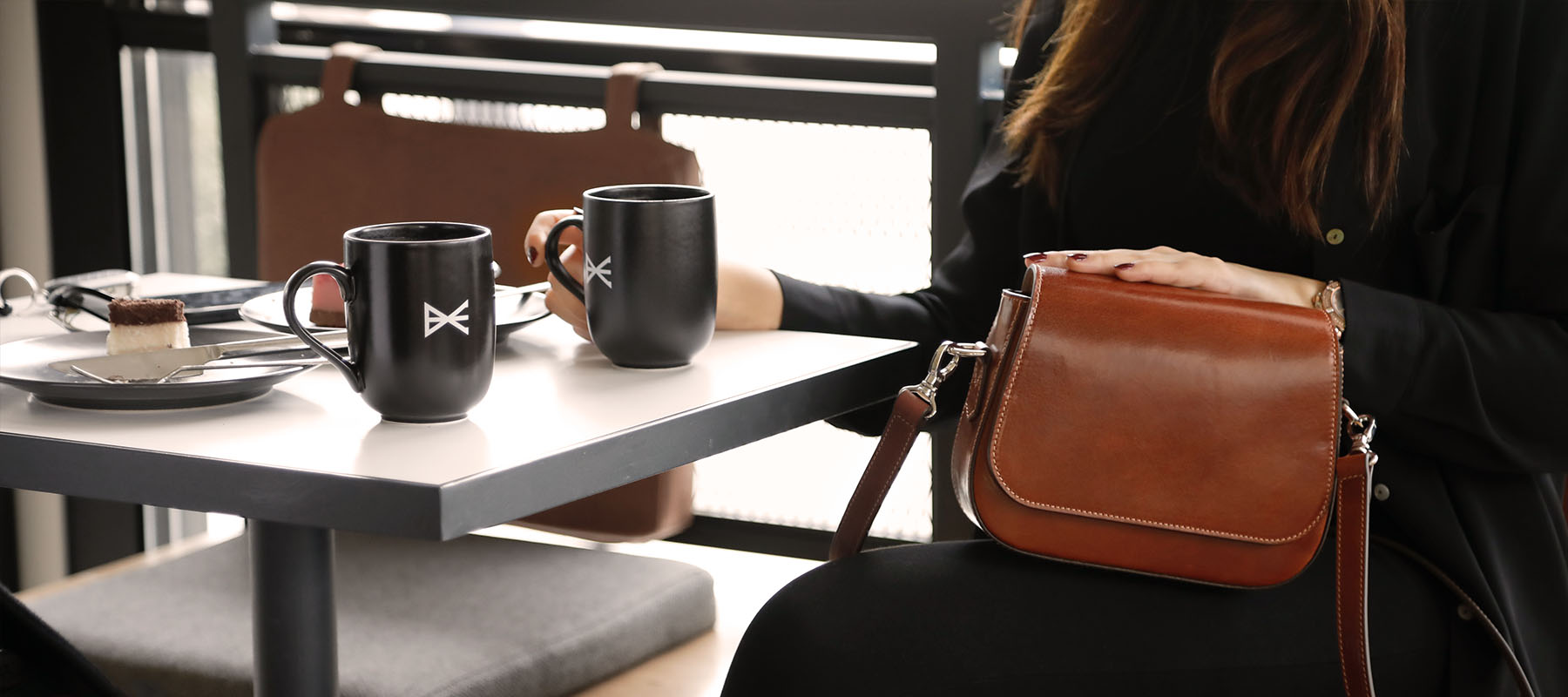
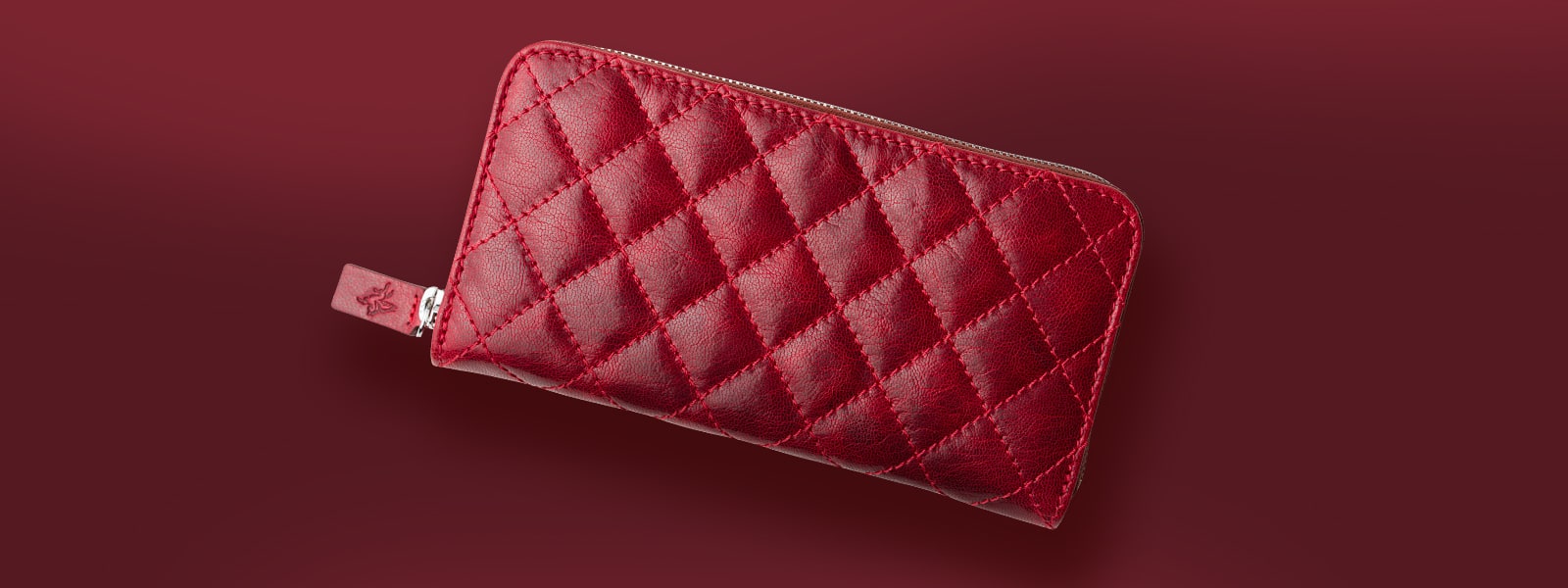
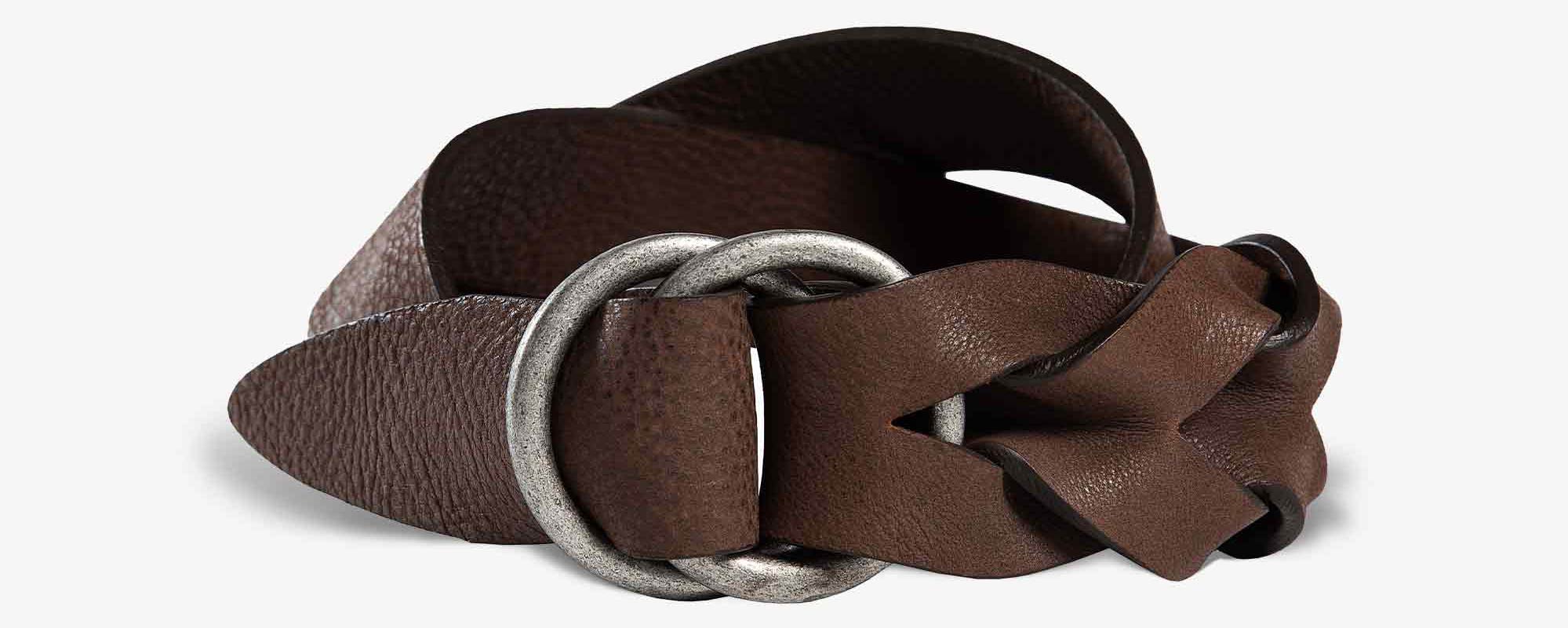
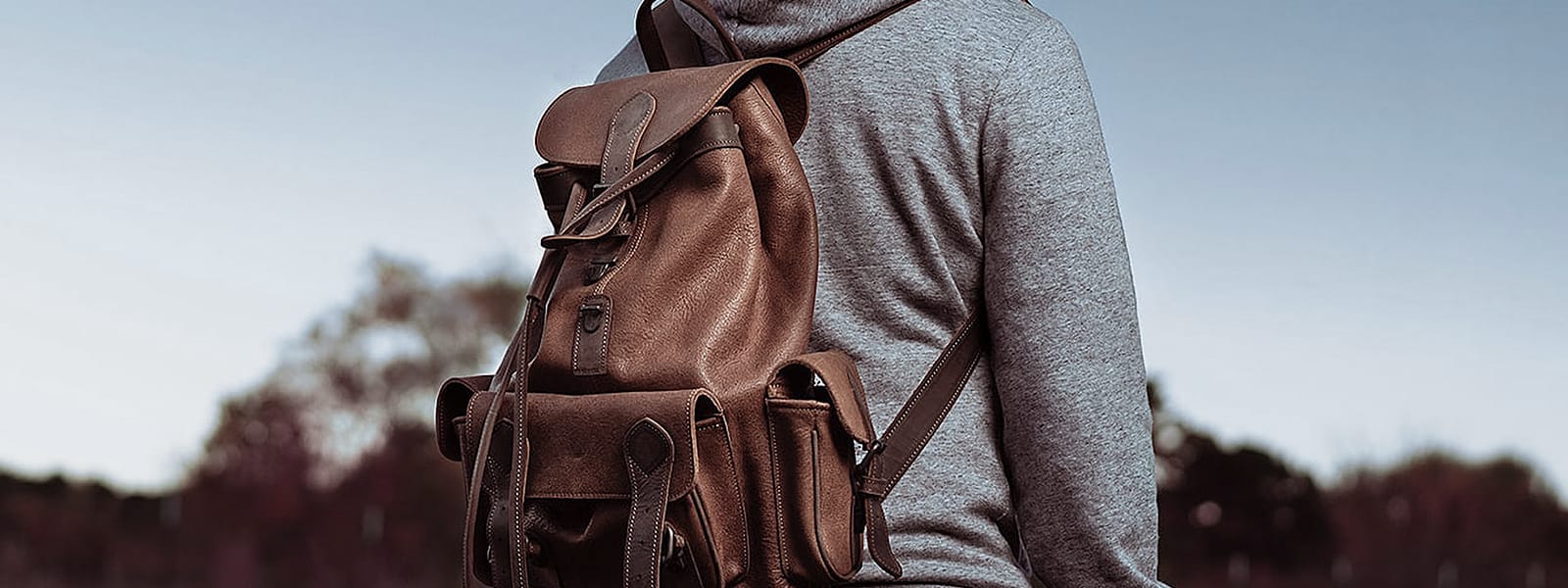
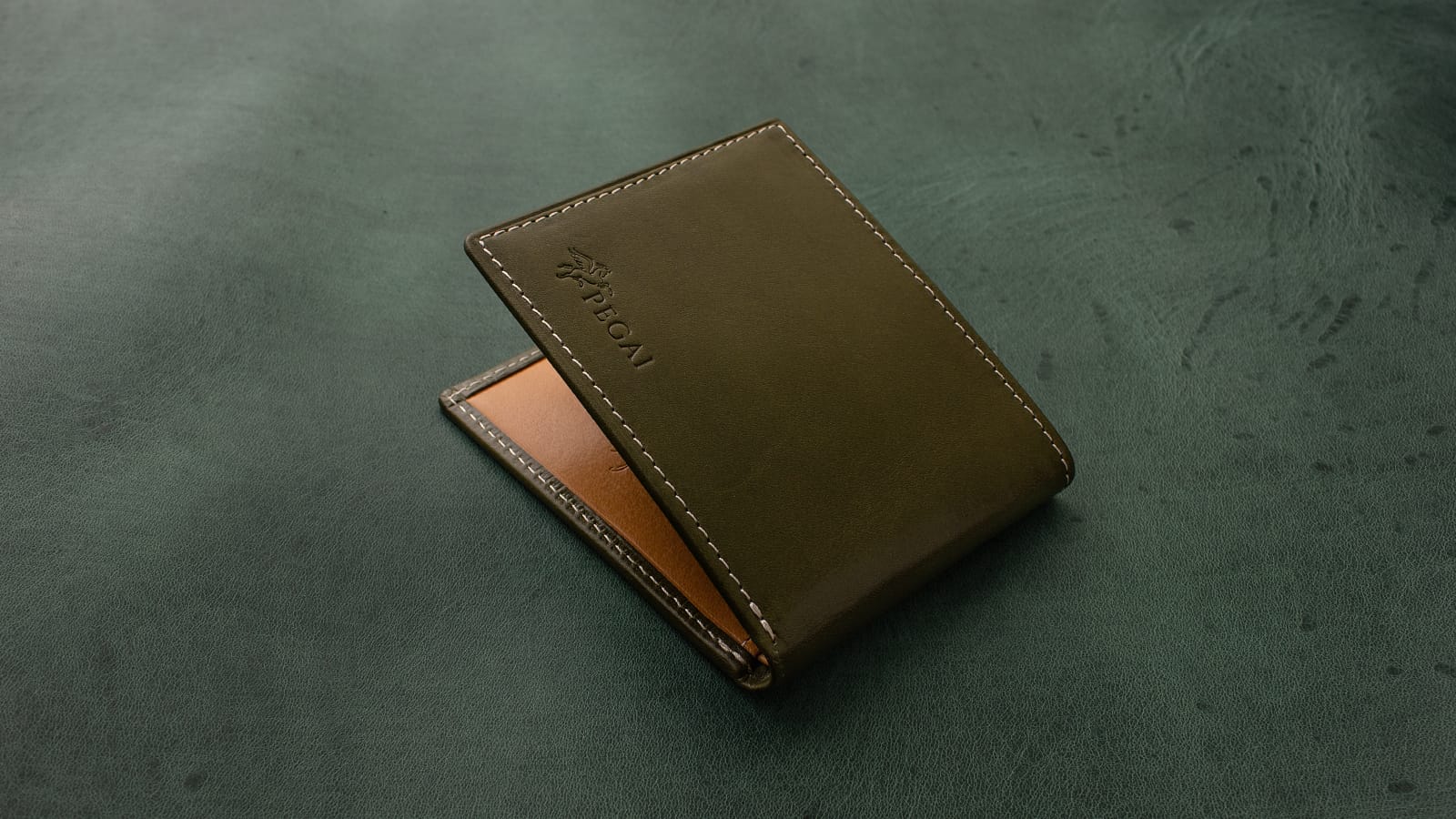
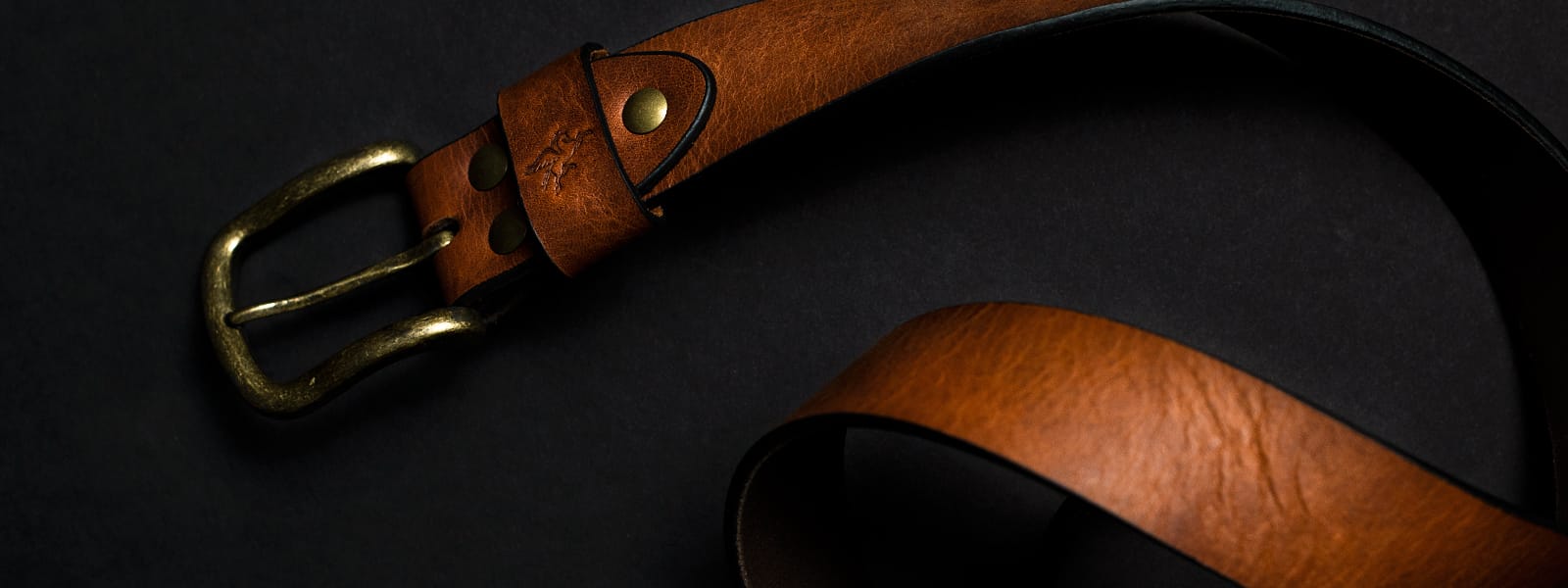

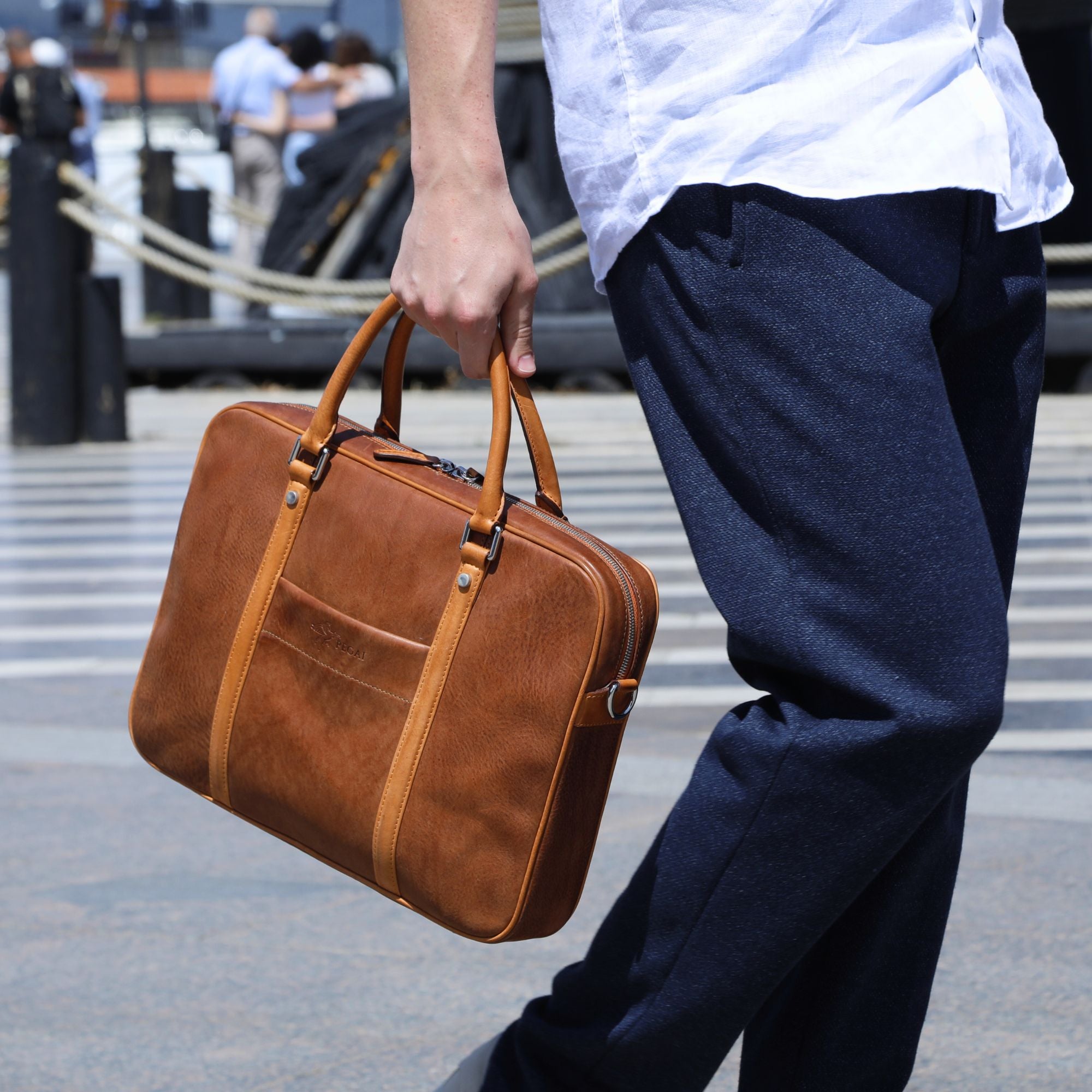
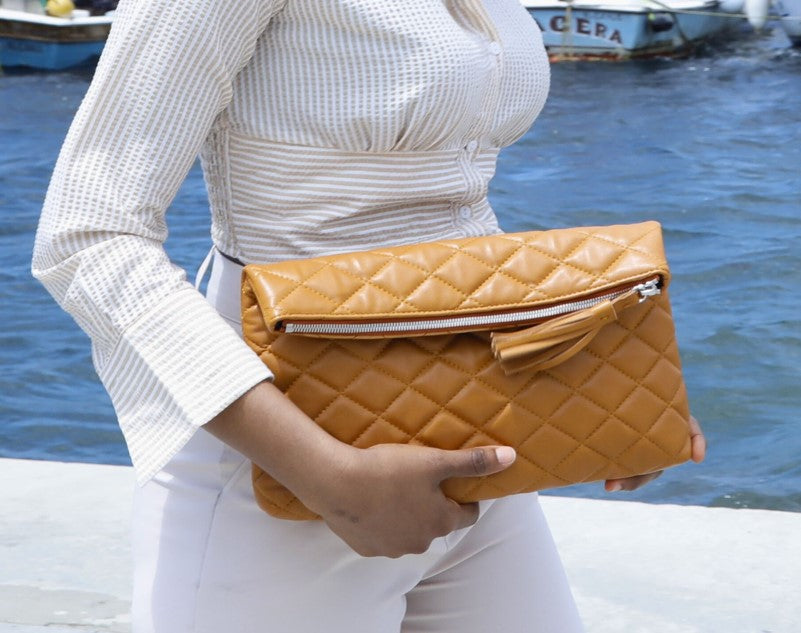
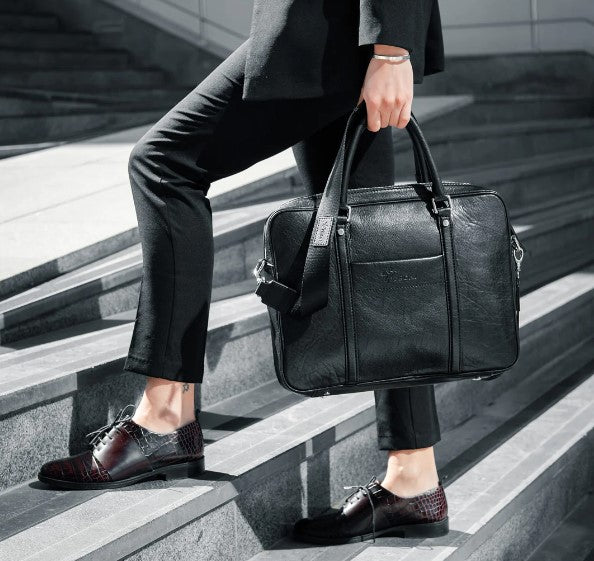
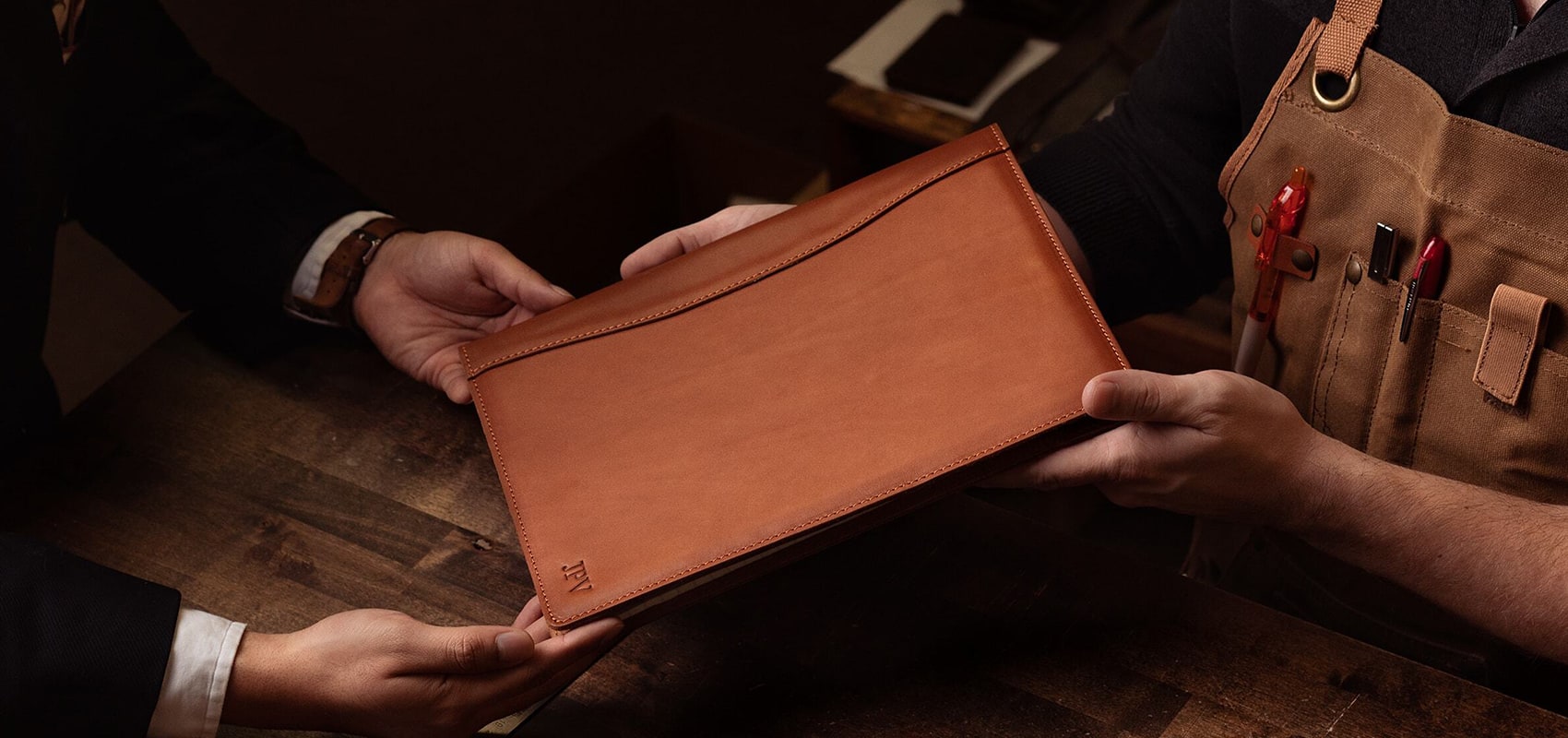
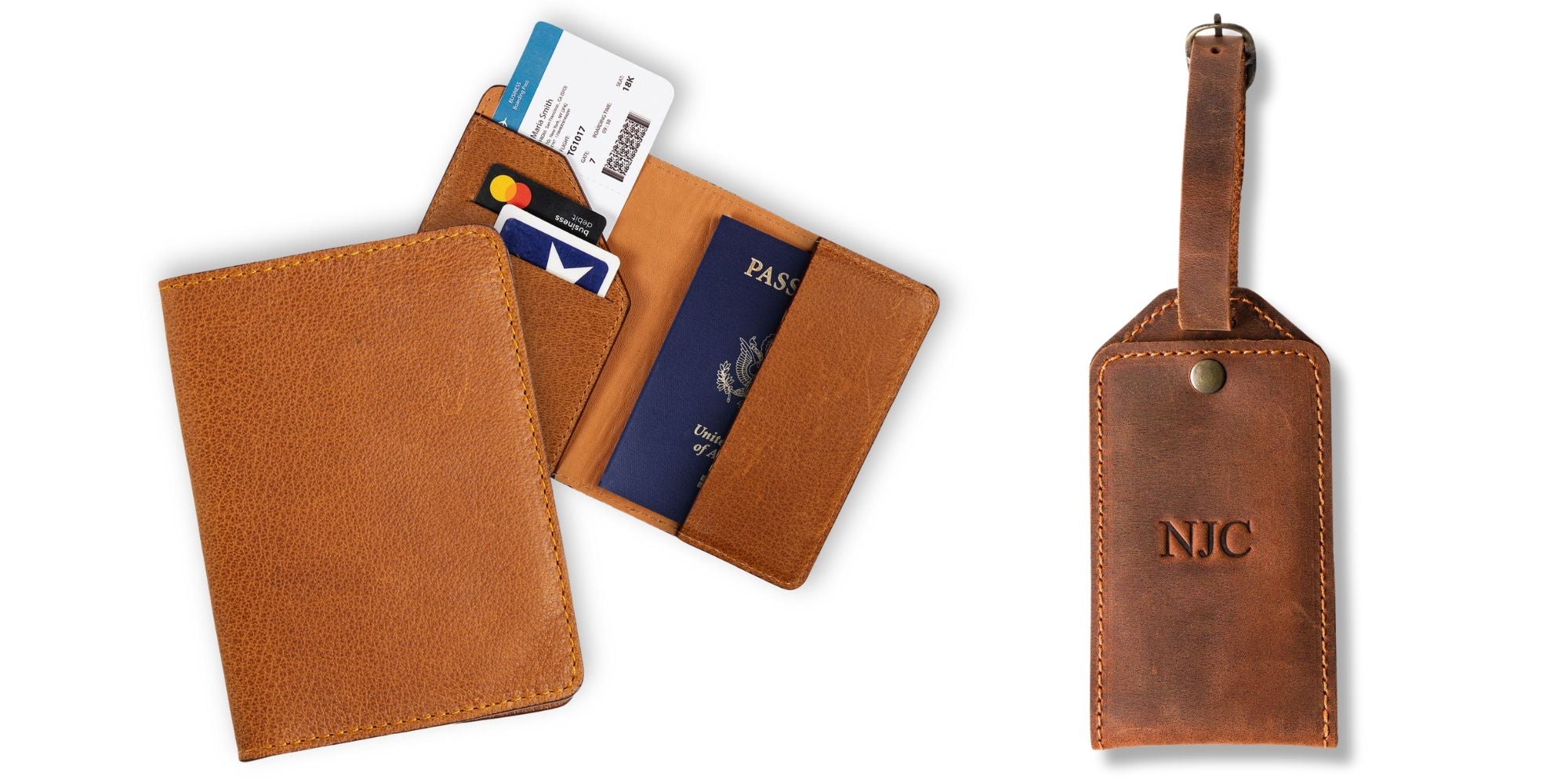
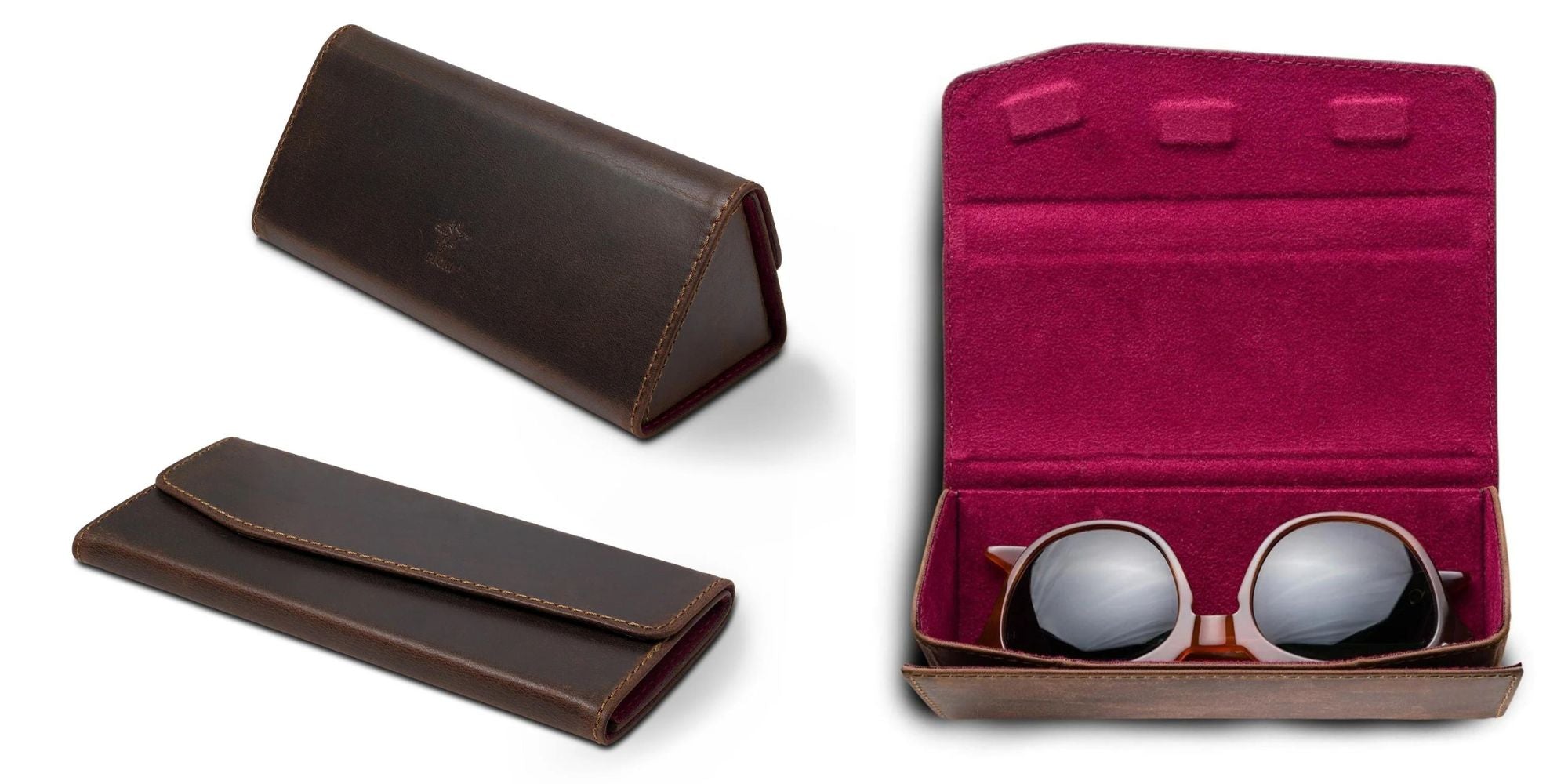
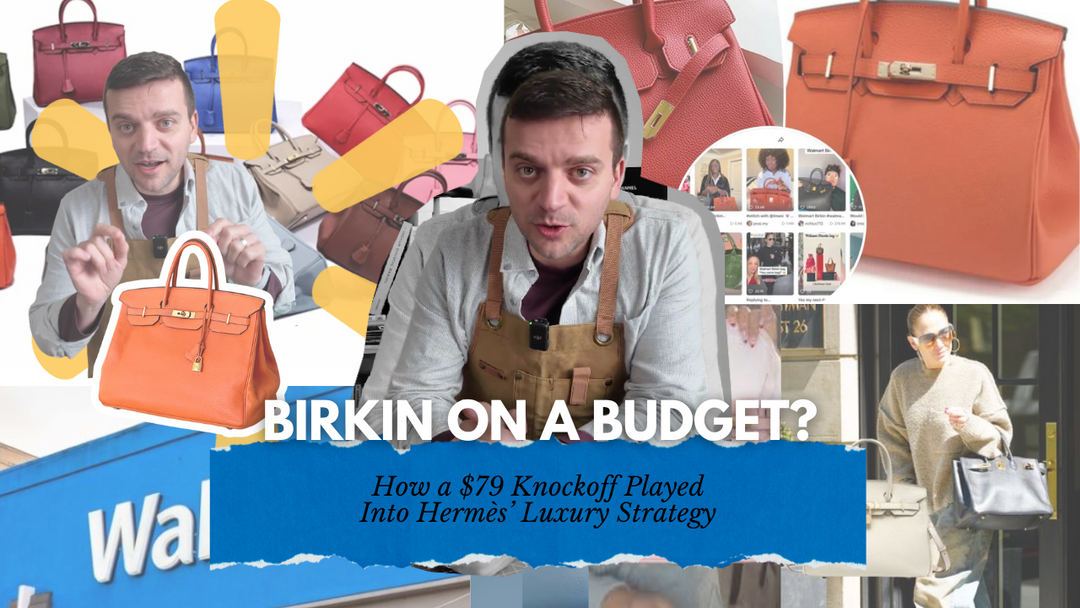

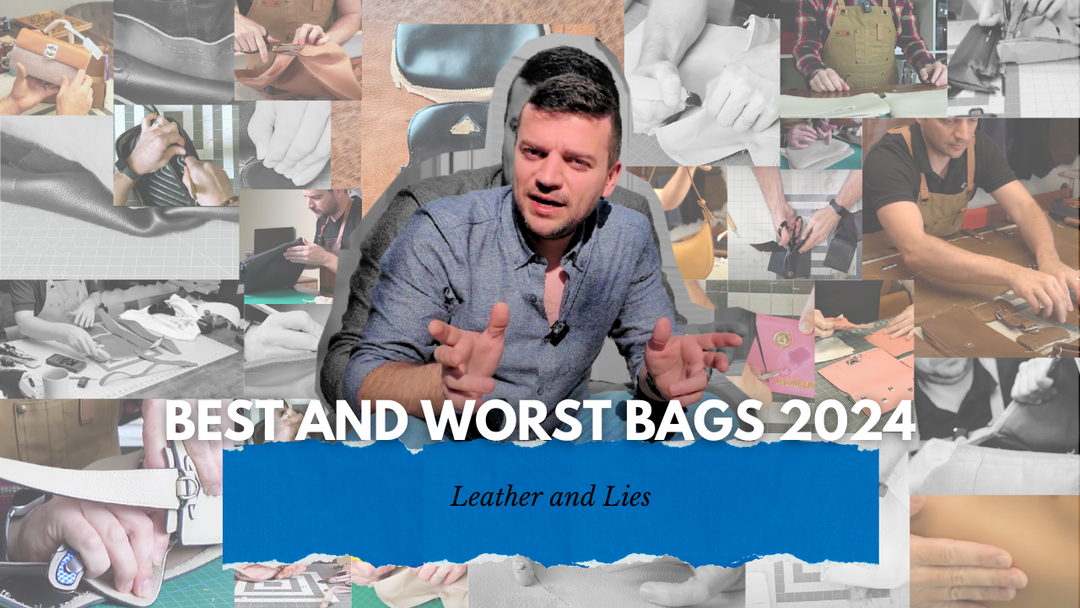
Why would I spend over $300 on a fake coach bag. I love the plaid bag but not for the money I could spend on areal coach bag. Convince me
Why would I spend over $300 on a cochtopia bag if it’s not real leather. I love the plaid bag but it’s over $200. Convince me.
Leave a comment